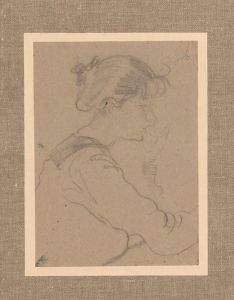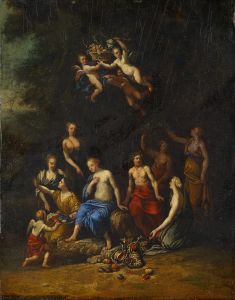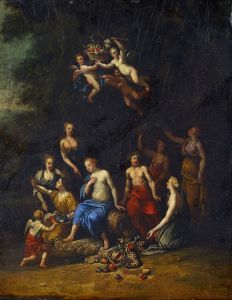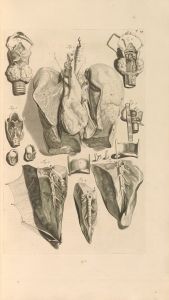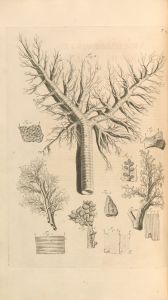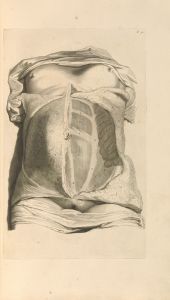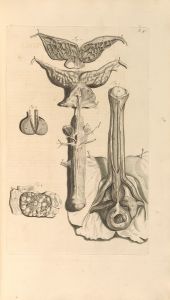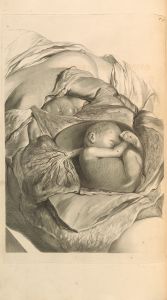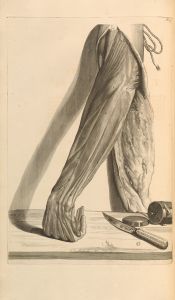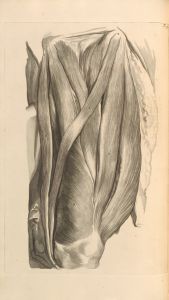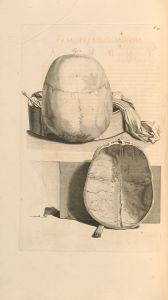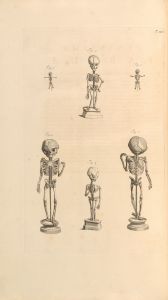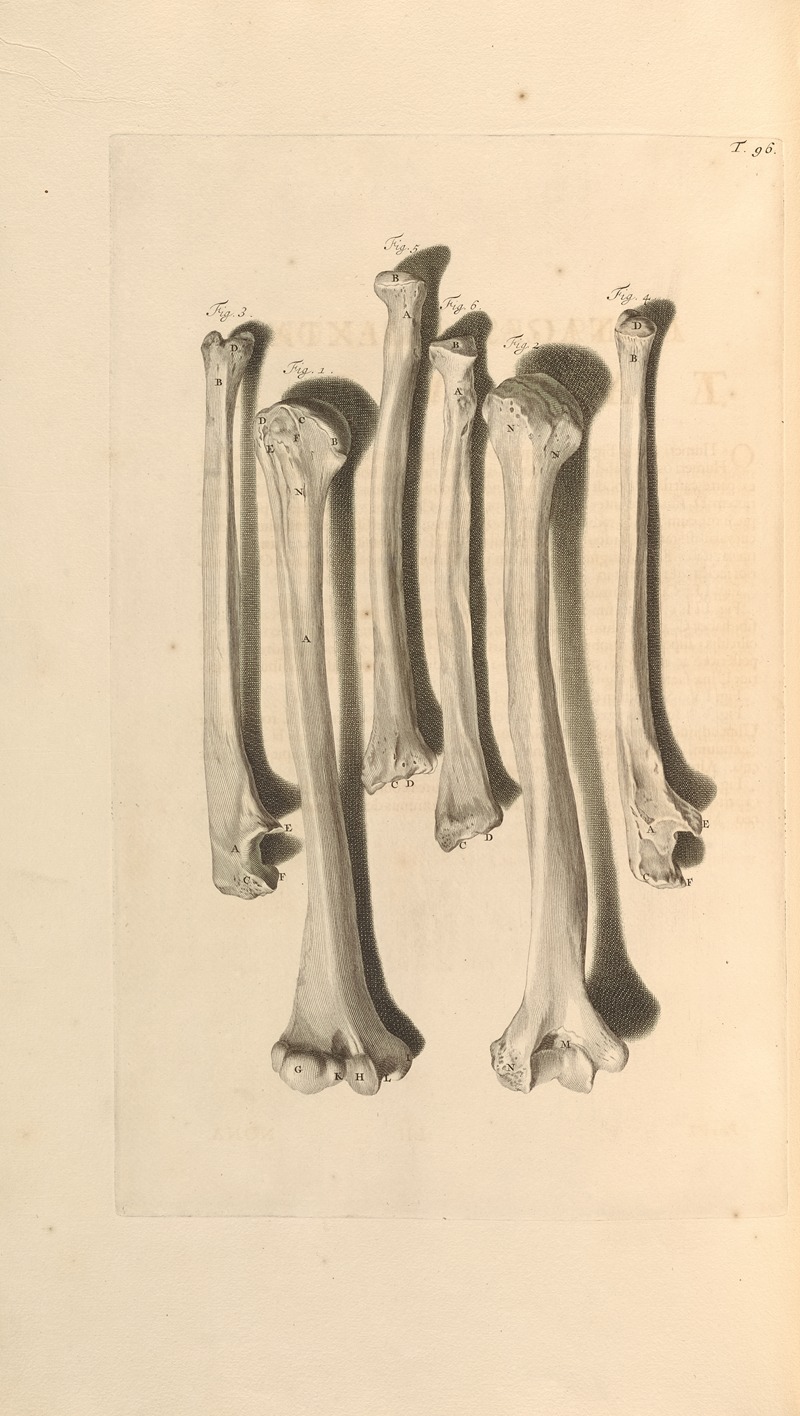
Anatomia humani corporis Pl.097
A hand-painted replica of Gerard de Lairesse’s masterpiece Anatomia humani corporis Pl.097, meticulously crafted by professional artists to capture the true essence of the original. Each piece is created with museum-quality canvas and rare mineral pigments, carefully painted by experienced artists with delicate brushstrokes and rich, layered colors to perfectly recreate the texture of the original artwork. Unlike machine-printed reproductions, this hand-painted version brings the painting to life, infused with the artist’s emotions and skill in every stroke. Whether for personal collection or home decoration, it instantly elevates the artistic atmosphere of any space.
"Anatomia humani corporis Pl.097" is an anatomical illustration created by Gerard de Lairesse, a renowned Dutch Golden Age painter and art theorist. This illustration is part of a larger work titled "Anatomia Humani Corporis," which translates to "The Anatomy of the Human Body." The comprehensive anatomical atlas was published in 1685 and was a collaborative effort between de Lairesse and the Dutch anatomist Govard Bidloo.
Gerard de Lairesse was born in Liège in 1640 and later moved to Amsterdam, where he became a prominent figure in the art world. Despite suffering from congenital syphilis, which eventually led to blindness, de Lairesse's artistic talents were highly regarded. He was known for his classical style and was influenced by the works of Poussin and Rembrandt.
The "Anatomia Humani Corporis" is notable for its detailed and accurate depictions of the human body. The illustrations were intended to serve as a reference for medical students and professionals, providing a visual aid to complement the textual descriptions of human anatomy. Gerard de Lairesse's artistic skills brought a level of clarity and precision to the illustrations that were highly valued in the medical community.
Plate 097, like the other plates in the atlas, showcases de Lairesse's ability to combine artistic technique with scientific accuracy. The illustration is meticulously detailed, capturing the intricacies of human anatomy with a focus on both form and function. Each anatomical feature is carefully rendered to provide a clear and informative representation.
The collaboration between de Lairesse and Bidloo was significant in the history of anatomical illustration. Bidloo provided the scientific expertise, while de Lairesse's artistic talents brought the anatomical descriptions to life. This partnership resulted in one of the most important anatomical atlases of the time, influencing both the fields of art and medicine.
The "Anatomia Humani Corporis" was published in Amsterdam by the printer and bookseller Abraham Wolfgang. The atlas consists of 105 plates, each accompanied by detailed descriptions written by Bidloo. The work was well-received and became a valuable resource for medical education in the 17th and 18th centuries.
In summary, "Anatomia humani corporis Pl.097" by Gerard de Lairesse is a significant piece of anatomical illustration from the late 17th century. It exemplifies the successful collaboration between an artist and an anatomist, resulting in a work that has had a lasting impact on both the art and medical communities. The precision and clarity of de Lairesse's illustrations continue to be appreciated for their contribution to the understanding of human anatomy.





